Data Integration solutions harmonize data from different sources, ensuring smooth data flow throughout an organization. They are essential in enabling consistent data analysis, fostering better decision-making, and driving efficiency.
Data Integration empowers organizations by connecting disparate data systems, reducing duplication, and enhancing data quality. This process involves combining data from various sources and providing users with a unified view. Users benefit from reduced complexity in data management and improved access to accurate information. Real user insights highlight the importance of reliability, flexibility, and efficiency in integration platforms.
What are the critical features of Data Integration solutions?In industries like finance, Data Integration ensures real-time data is available for customer transaction analysis, aiding in fraud detection and compliance. In healthcare, it helps in transitioning patient data seamlessly between systems, improving patient care and operational workflows.
Organizations benefit from Data Integration solutions by gaining reliable access to data, which is crucial for strategic initiatives and competitive advantage. With interconnected systems, consistent data flow supports dynamic responses to market demands.
| Product | Market Share (%) |
|---|---|
| Informatica PowerCenter | 6.3% |
| SSIS | 5.9% |
| Azure Data Factory | 5.6% |
| Other | 82.2% |




















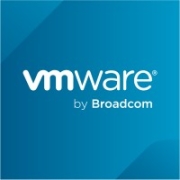






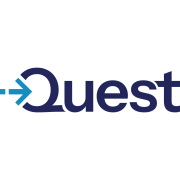











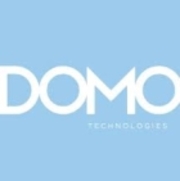

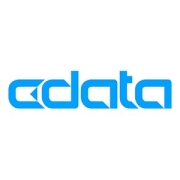










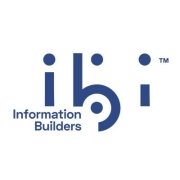


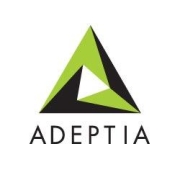
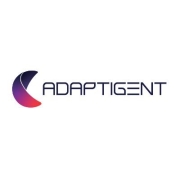













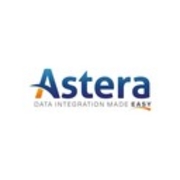








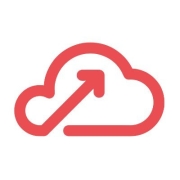



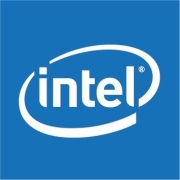



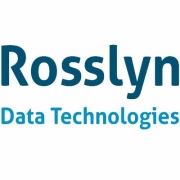







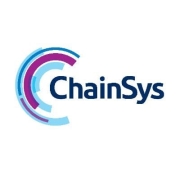




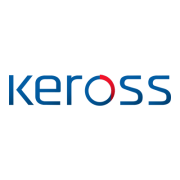




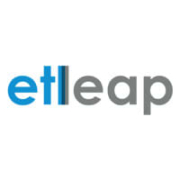













Data integration tools are software solutions that facilitate the process of integrating data for organizations and allow individuals to organize and gather data. If a company employs developers, they can initiate data integration through scripts written in Structured Query Language (SQL), which is the programming language for relational databases. However, not all organizations have such specialists at their disposal. That is why ready-made data integration tools exist, assisting different types of companies and helping them quickly gather data from various sources for easier use.
Data integration tools not only initiate the process and provide the required information, but many come with additional benefits. Vendors offer platforms that also provide data replication, data cataloging, data governance, and data quality improvement. The development of technology has introduced cloud-based integration services through integration platform as a service (iPaaS). The additional features of data integration tools make them more beneficial to organizations for integration processes than relying on hand-coded scripts.
According to PeerSpot users, data integration is all about data and governance quality. Our members want to be able to transform, organize, review, and find all sorts of data (including unstructured data, flat files, etc.) quickly and easily. Data integration tools should be customizable with efficient processing, source agnostics, real-time monitoring and debugging, and provide good documentation. Reusability and connectivity were also ranked as important factors.
The terms data integration and interoperability may be used interchangeably by mistake, however, the two refer to different processes. Data integration uses a hand-coded script or specialized tools to gather information from various sources. In its essence, the process relies on a third party that translates the data and utilizes it for users and applications to use.
Unlike integration, data interoperability is a direct exchange of information. The process does not rely on middleware; rather, it creates a real-time data exchange between systems for data. When systems utilize this process, they not only share information but also interpret incoming data and present it, preserving its original context.
Data Integration often faces challenges such as data silos, inconsistent data formats, and data quality issues. To overcome these, consider implementing centralized data platforms that break down silos, using standardized data formats, and employing data quality tools. Proper planning and using a robust integration tool can also help streamline the process.
How do you choose the right Data Integration tool for your business?Choosing the right Data Integration tool involves considering your business requirements, budget, existing infrastructure, and specific integration needs. Evaluate tools based on scalability, ease of use, support for various data sources, and integration capabilities. It may help to conduct a proof of concept to see how a tool fits into your existing processes.
Can Data Integration improve data quality and consistency?Data Integration can significantly improve data quality and consistency by ensuring that data from different sources is consolidated into a single, accurate, and up-to-date view. Integration processes often involve data cleansing and transformation, which remove discrepancies and standardize data formats across systems, leading to more reliable data for decision-making.
How does real-time Data Integration differ from batch processing?Real-time Data Integration updates data immediately as changes occur, enabling instant insights and decision-making, crucial for time-sensitive operations. Batch processing involves collecting and processing data at scheduled intervals, which may be suitable for non-urgent data analysis. The choice between real-time and batch depends on your business needs and the nature of data processing required.
Why is Data Integration important for cloud-based applications?Data Integration is crucial for cloud-based applications as it enables seamless data flow between different cloud services and on-premises systems. This integration allows for unified data management, reduced latency in data access, and improved scalability. By integrating cloud applications, you can ensure consistent data availability and enhance collaborative efforts across your business operations.